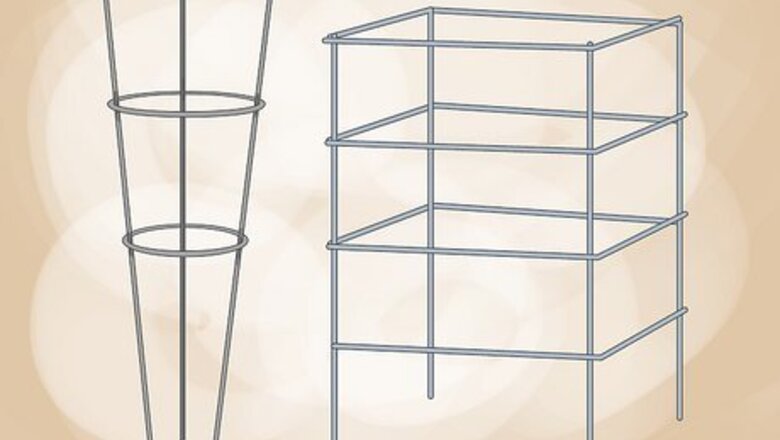
views
Choosing Tomato Cages

Use metal tomato cages if you don't have a lot of space in your garden. Metal cages are thin and flexible, so you can squeeze them into a smaller space. This is especially helpful if your tomato plants are planted close together.

Get tomato cages that are at least 5 feet (1.5 meters) tall. 5-foot cages will support most tomato varieties. If you're growing a shorter tomato variety, like Santiam or Siberia, you can choose a shorter cage.
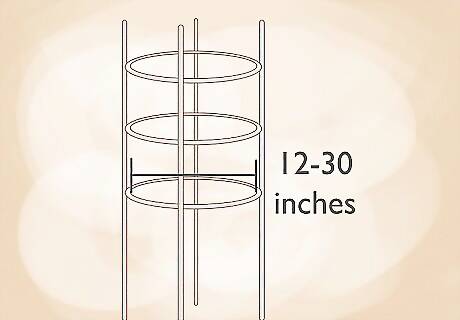
Choose a cage between 12-30 inches (30.5-76 cm) in diameter. Get a cage with a larger diameter if you're growing a large variety of tomato.

Make your own tomato cages using concrete reinforcement wire. You can find some at your local hardware store. Make sure you can fit your hand through the openings in the wire so you're able to harvest the tomatoes. Cut 3 feet (.9 meters) of wire for every 1 foot (.3 meters) in diameter you want each cage to be. Attach each end of the wire to a stake and stake the cage in the ground around one of your tomato plants.

Get one cage for each tomato plant in the garden. Each tomato plant should have its own cage to grow in.
Setting up the Cages
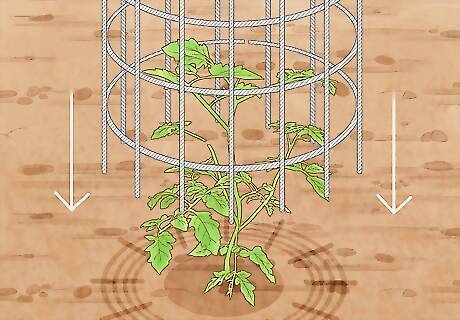
Place a cage directly over one of the tomato plants. Whether the plant is potted or in the ground, you want it to be in the center of the cage. The walls of the cage should be close to the plant; it's normal if some of the plant's vines and leaves extend outside of the cage. Avoid damaging the plants' roots by caging them immediately after transplanting them.

Push down on the cage so the stakes at the bottom go into the ground. Keep pushing down until all of the stakes are fully buried in the soil. If you’re having trouble getting the cage to push down, try lightly pounding it down with a mallet or hammer.

Check to see if the cage is sturdy. Put your hand on the cage and gently push and pull on it a little bit. If it feels like the wind could pull it out of the ground, attach a couple stakes to the bottom of the cage and pound them into the soil for extra support. Attach the stakes to the outside of the cage so they don't damage the roots when you push them into the soil.

Cage the rest of the tomato plants in the garden. Repeat the same process, making sure all of the cages are firmly staked in the ground. If you’re planting and caging new tomato plants, try to place them at least 4 feet (1.2 meters) apart.
Caring for Caged Tomatoes
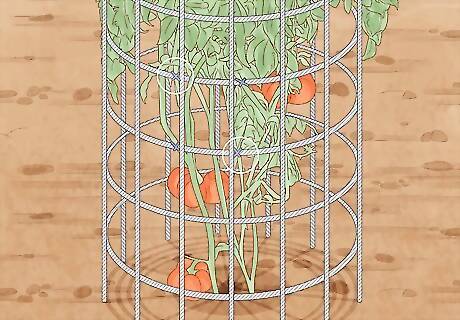
Tie young, low-hanging vines on the plants to the tomato cages. This will encourage the tomato plants to grow upward in their cages. You can use something like floss or rubber bands to tie the vines to the cage. If you’re tying the vines, make sure they’re not too tight or you could injure the plant.
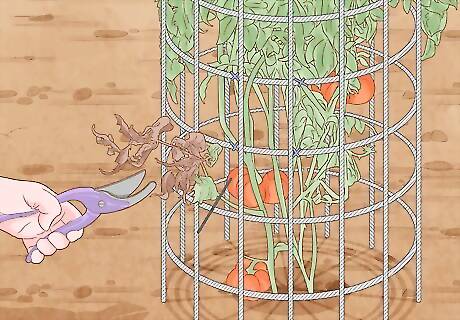
Trim off any dying leaves to conserve energy for the fruit. Pull the leaves off with your hands or use gardening shears. Trim the plants a couple times a week or whenever you notice wilting leaves.
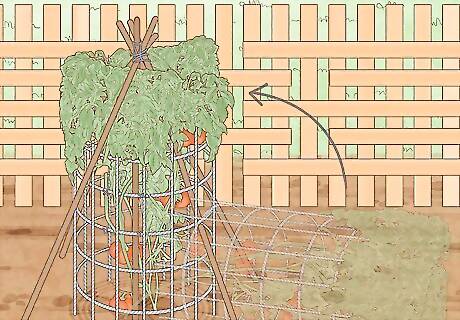
Lift up a tomato cage if it falls and tie it to stakes to support the plant. Pound three or four stakes into the ground around the base of the fallen plant, taking care not to hammer the stakes into the plants roots. Loop garden twine or wire through the tomato cage and tie it to the stakes until the cage is supported.
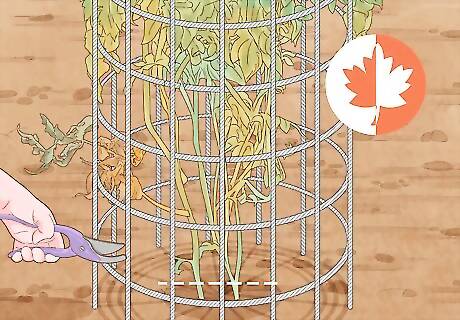
Cut down the tomato plants in the fall once they die. You can tell the tomato plants are dead once they turn brown and yellow and begin to wilt. Use shears to cut any dead vines tangled around the cage. The tomato cages should remain on the plants until you are done harvesting.
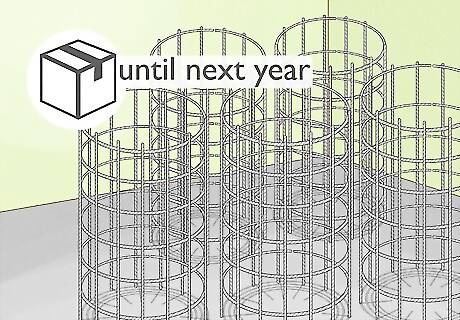
Pull the cages out of the ground and store them until next year. Store the cages indoors where they won’t be damaged by the elements. Reuse the cages next year to grow more tomato plants.













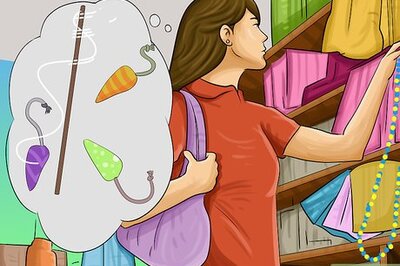




Comments
0 comment